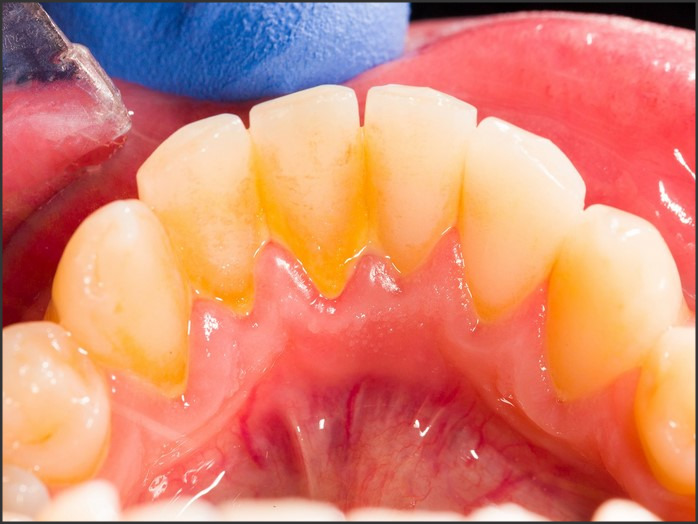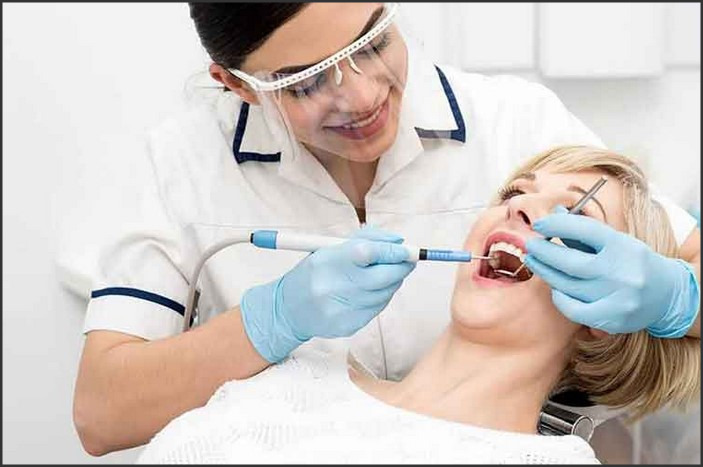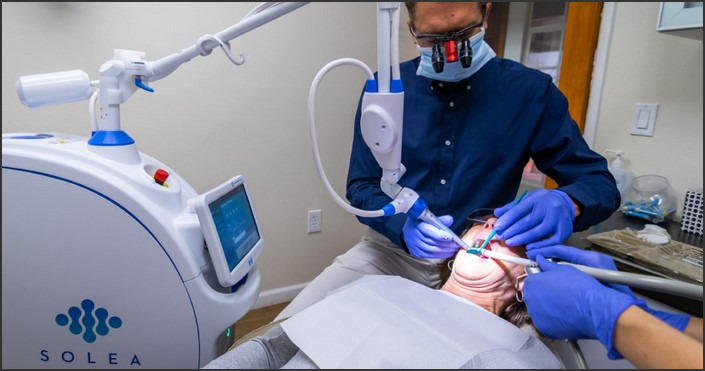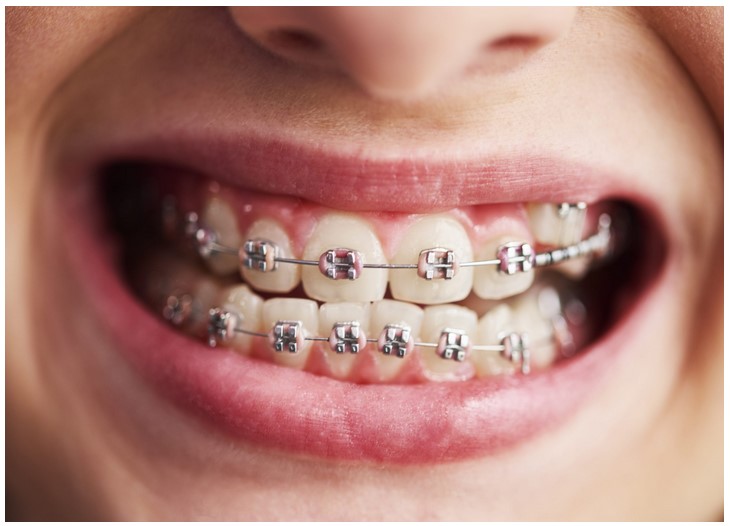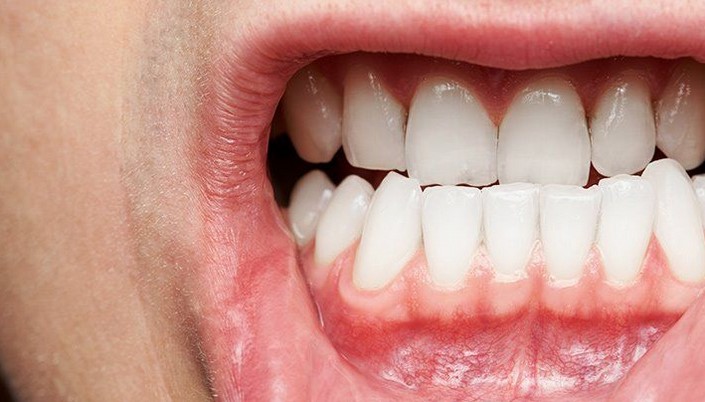
Sore gums and teeth can be a painful and uncomfortable experience. They can be caused by a variety of factors, including poor oral hygiene, gum disease, and even certain medications. Fortunately, there are a number of home care tips that can help alleviate the pain and discomfort associated with sore gums and teeth. In this article, we will discuss the common causes of sore gums and teeth, as well as provide some home care tips to help you manage the pain and discomfort.
Sore Gums and Teeth: Identifying Common Causes and Home Care Solutions
Having sore gums and teeth can be a very uncomfortable experience. Fortunately, there are a few common causes and home care solutions that can help alleviate the pain.
Common Causes
Gingivitis: Gingivitis is an inflammation of the gums caused by a buildup of plaque and bacteria. Symptoms include red, swollen gums that may bleed when brushing or flossing.
Tooth Decay: Tooth decay is caused by bacteria that produce acid that erodes the enamel of the teeth. Symptoms include pain when eating or drinking, sensitivity to hot and cold, and visible holes in the teeth.
Grinding Teeth: Grinding teeth, also known as bruxism, is a condition in which a person grinds their teeth while sleeping or during the day. Symptoms include soreness in the jaw, headaches, and worn down teeth.
Home Care Solutions
Brush and Floss Regularly: Brushing and flossing regularly can help reduce the buildup of plaque and bacteria that can cause gingivitis and tooth decay.
Use a Soft Toothbrush: Using a soft toothbrush can help reduce the irritation of the gums and teeth.
Avoid Sugary Foods and Drinks: Sugary foods and drinks can increase the risk of tooth decay.
Use a Mouthguard: Wearing a mouthguard at night can help reduce the effects of grinding teeth.
See a Dentist: If the pain persists, it is important to see a dentist to determine the cause and receive proper treatment.
Sore gums and teeth can be a very uncomfortable experience, but with the right home care solutions, you can help reduce the pain and prevent further damage. Remember to brush and floss regularly, use a soft toothbrush, avoid sugary foods and drinks, use a mouthguard, and see a dentist if the pain persists.
Home Remedies for Sore Gums and Teeth: Natural Ways to Relieve Pain and Discomfort
Having sore gums and teeth can be a painful and uncomfortable experience. Fortunately, there are some natural remedies that can help to relieve the pain and discomfort. Here are some home remedies that you can try to help soothe your sore gums and teeth:
1. Saltwater Rinse: A saltwater rinse is a simple and effective way to reduce inflammation and pain in your gums and teeth. To make a saltwater rinse, mix one teaspoon of salt in a cup of warm water and swish it around your mouth for 30 seconds. Spit it out and rinse your mouth with plain water afterwards.
2. Clove Oil: Clove oil has been used for centuries to treat toothache and sore gums. To use it, mix a few drops of clove oil with a teaspoon of olive oil and apply it to the affected area. Leave it on for a few minutes before rinsing your mouth with warm water.
3. Tea Tree Oil: Tea tree oil has antiseptic and anti-inflammatory properties that can help to reduce pain and inflammation in your gums and teeth. To use it, mix a few drops of tea tree oil with a teaspoon of olive oil and apply it to the affected area. Leave it on for a few minutes before rinsing your mouth with warm water.
4. Turmeric: Turmeric is a powerful anti-inflammatory agent that can help to reduce pain and inflammation in your gums and teeth. To use it, mix a teaspoon of turmeric powder with a teaspoon of water to make a paste. Apply the paste to the affected area and leave it on for a few minutes before rinsing your mouth with warm water.
5. Hydrogen Peroxide: Hydrogen peroxide is a natural antiseptic that can help to reduce pain and inflammation in your gums and teeth. To use it, mix a teaspoon of hydrogen peroxide with a cup of warm water and swish it around your mouth for 30 seconds. Spit it out and rinse your mouth with plain water afterwards.
These home remedies can help to reduce pain and inflammation in your gums and teeth. However, if the pain persists, it is important to see your dentist for further evaluation and treatment.Sore gums and teeth can be caused by a variety of factors, including poor oral hygiene, gum disease, and certain medications. Fortunately, there are many home care tips that can help alleviate the discomfort associated with sore gums and teeth. These include brushing and flossing regularly, using a soft-bristled toothbrush, avoiding acidic foods and drinks, and using a mouthwash. If the soreness persists, it is important to seek medical advice from a dentist or doctor. With the right care and attention, sore gums and teeth can be managed and prevented.
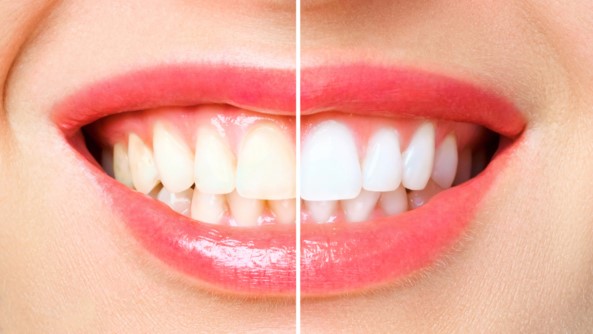
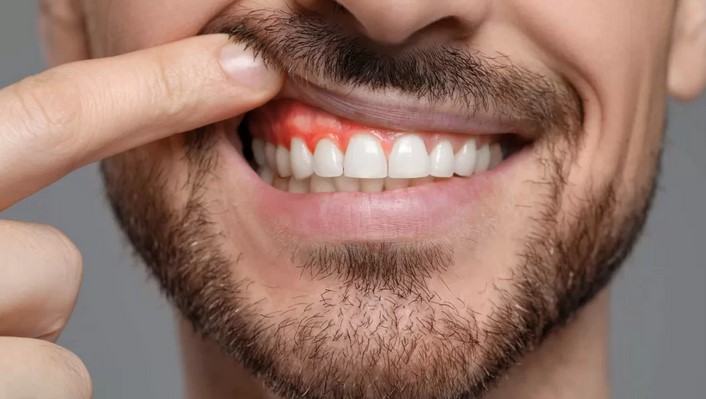
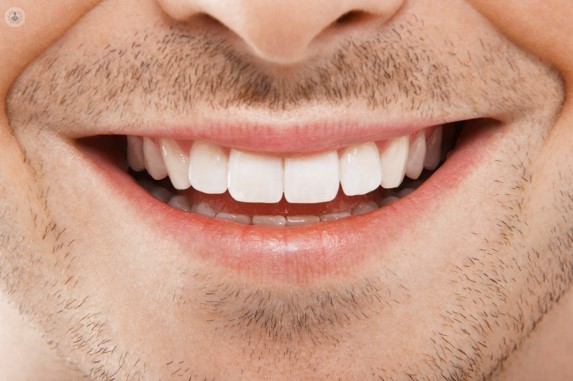
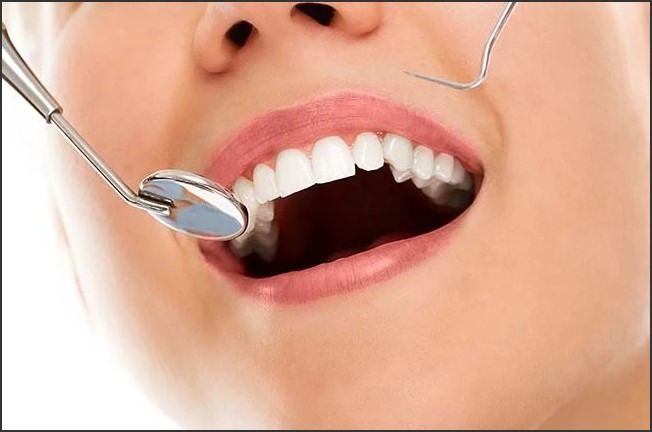
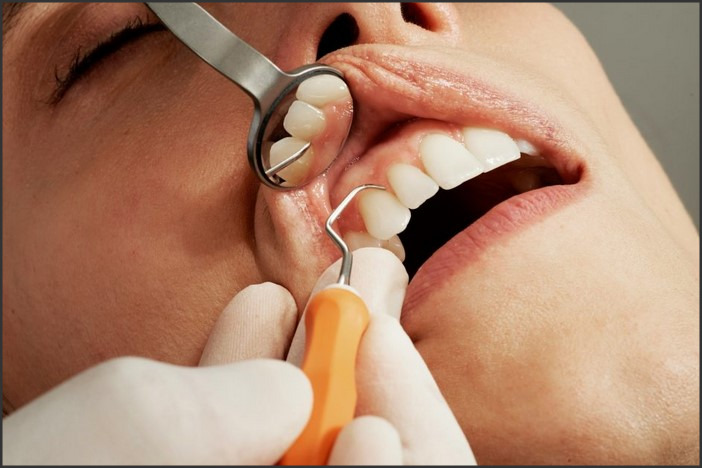
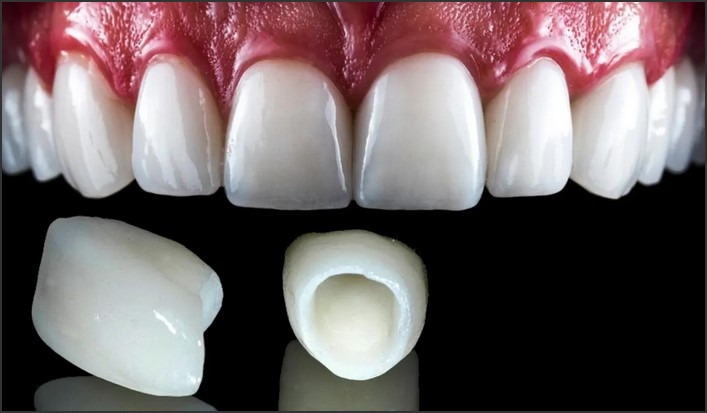
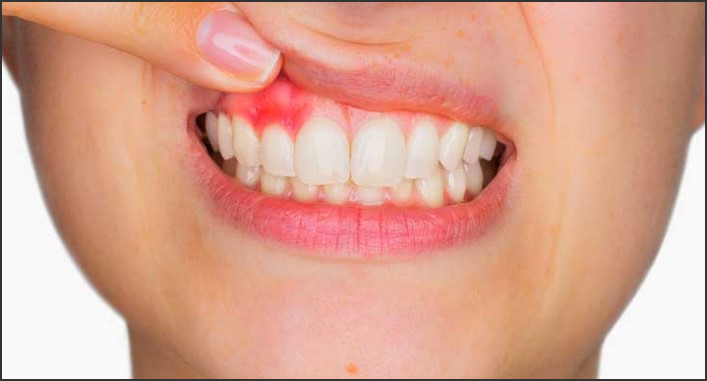

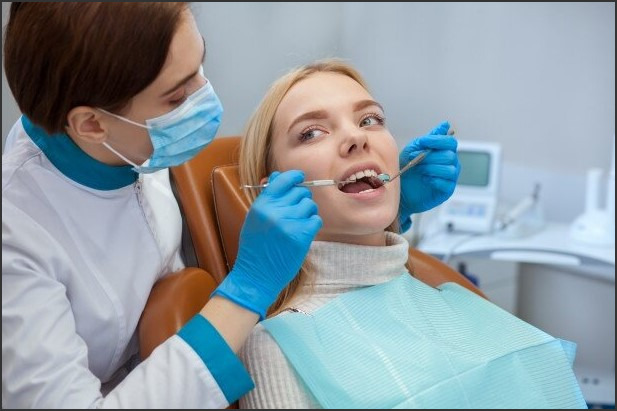
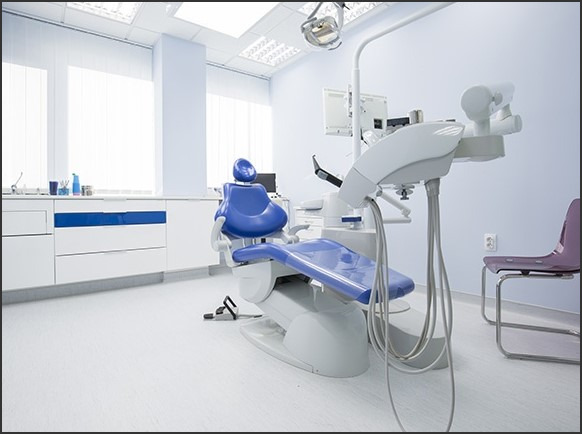 The American Board of Prosthodontics (ABP) is a professional organization dedicated to promoting excellence in the field of prosthodontics. Established in 1975, the ABP is the only certifying board recognized by the American Dental Association (ADA) for the specialty of prosthodontics. The ABP is committed to providing the highest standards of care for patients and to advancing the specialty of prosthodontics through rigorous credentialing and continuing education. The ABP is dedicated to promoting the highest quality of care for patients and to advancing the specialty of prosthodontics through credentialing and continuing education. The ABP is committed to providing the highest standards of care for patients and to advancing the specialty of prosthodontics through rigorous credentialing and continuing education.
The American Board of Prosthodontics (ABP) is a professional organization dedicated to promoting excellence in the field of prosthodontics. Established in 1975, the ABP is the only certifying board recognized by the American Dental Association (ADA) for the specialty of prosthodontics. The ABP is committed to providing the highest standards of care for patients and to advancing the specialty of prosthodontics through rigorous credentialing and continuing education. The ABP is dedicated to promoting the highest quality of care for patients and to advancing the specialty of prosthodontics through credentialing and continuing education. The ABP is committed to providing the highest standards of care for patients and to advancing the specialty of prosthodontics through rigorous credentialing and continuing education.